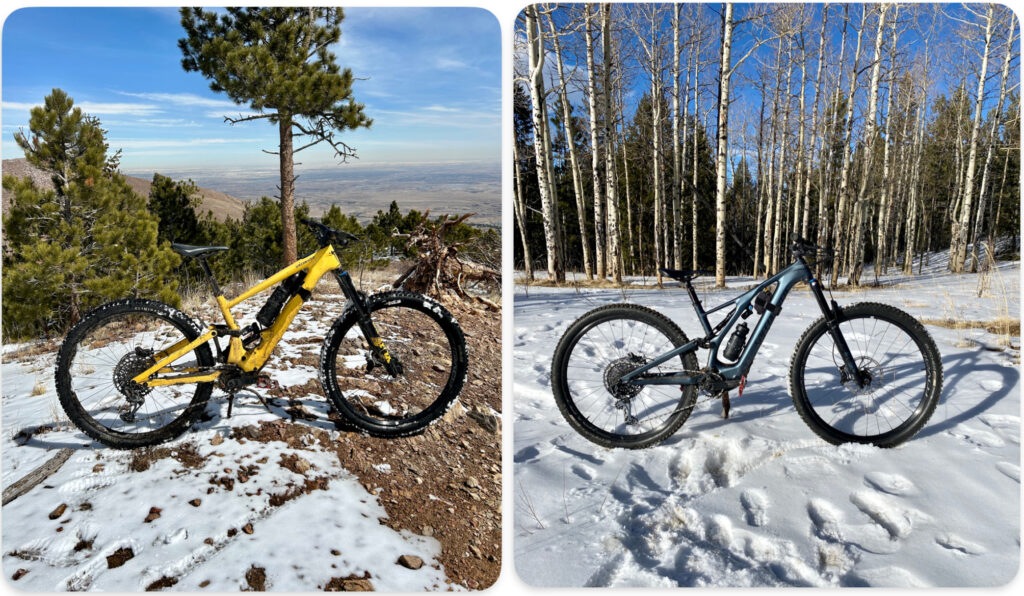These two Specialized e-bikes look drastically different, especially if you think of them in relation to their non-motorized siblings. The Turbo Levo SL is clearly based off of the do-it-all Stumpjumper platform — trail bike is the vague yet unavoidable term for it. The Turbo Kenevo SL is clearly the enduro destroyer, akin to (you guessed it) the Enduro.
However, the lines blur when you get on trail and ride these e-mountain bikes. The motor has a funny way of extending the capabilities of either bike, even if the geometries and suspension components differentiate their purposes.
The good news is that both bikes are incredibly fun and versatile e-MTBs. There isn’t a bad choice. But perhaps there is a more-better choice, depending on your style.
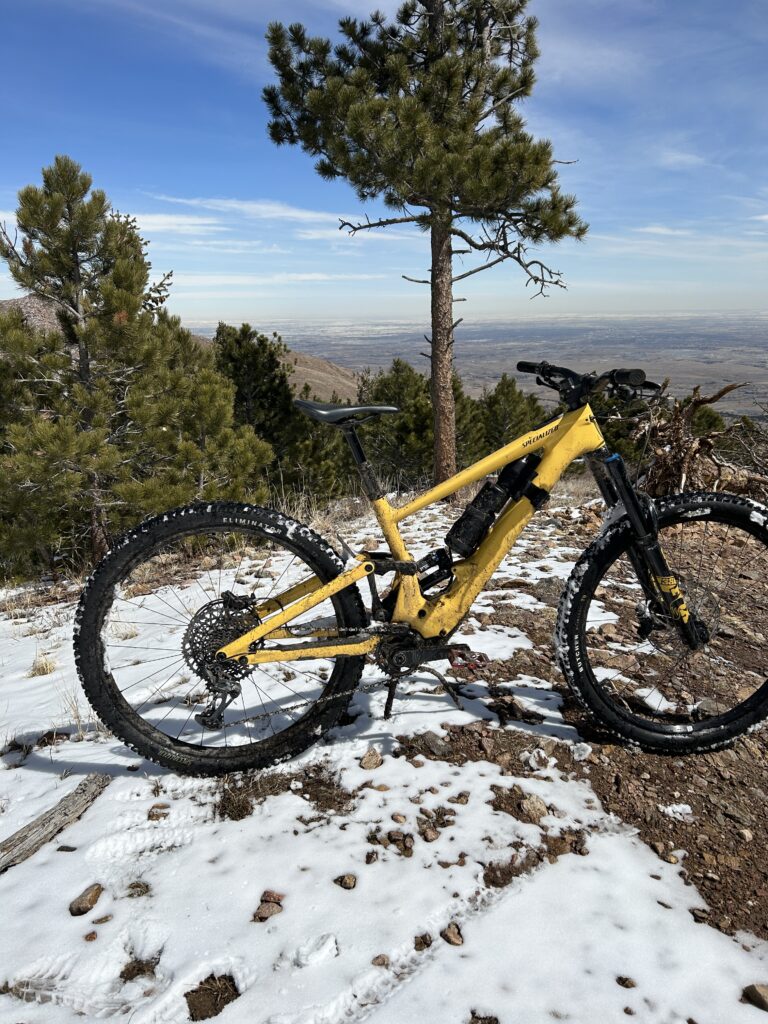


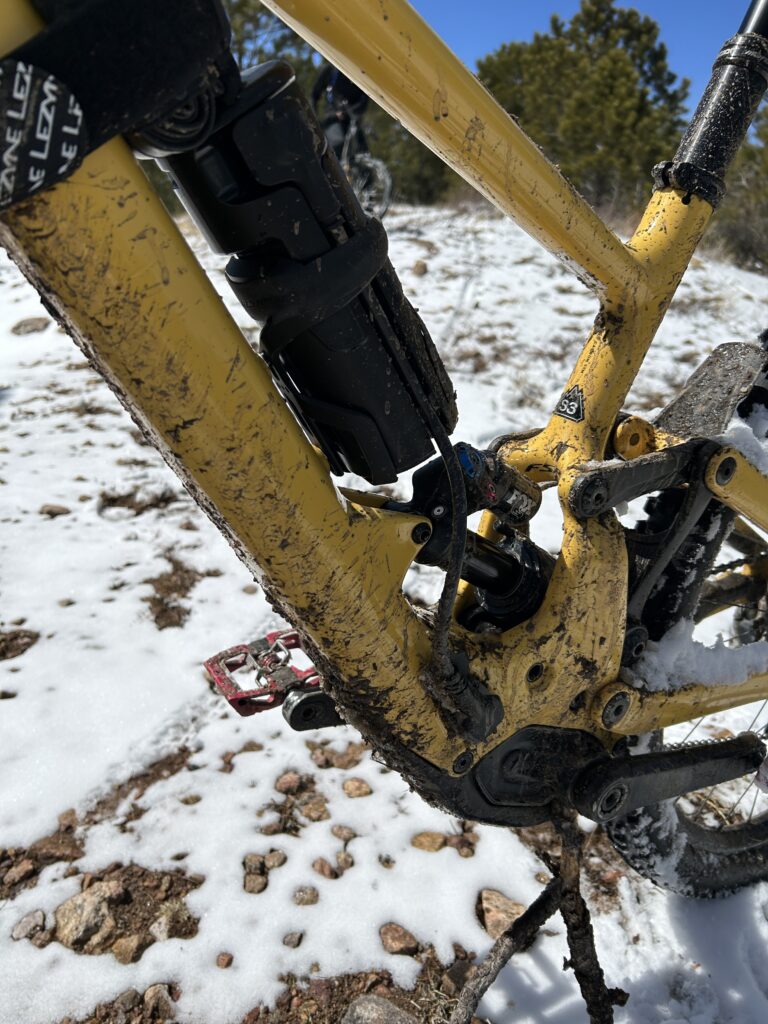
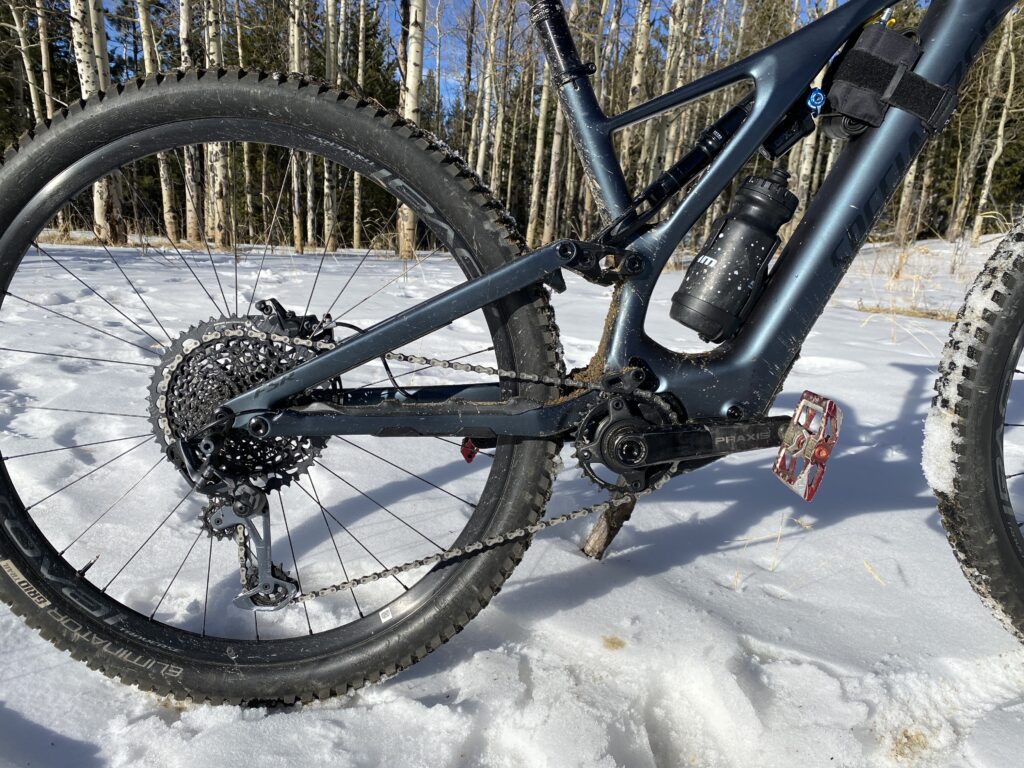

Specialized Turbo Levo SL & Turbo Kenevo SL Motor comparison
| Turbo Levo SL | Turbo Kenevo SL | |
| Torque | 35nm | 35nm |
| Wattage | 240w | 240w |
| Display | Turbo Connect Unit (TCU) | Mastermind TCU |
Both models spec the popular Specialized SL 1.1 motor, a custom drive unit found only on Specialized e-bikes. It’s sleek, cleanly integrated, and offers smooth power delivery. As you can see, the motor specs are identical.
The biggest difference between the Levo and Kenevo is the user experience. The Turbo Kenevo SL has a significantly more advanced control display integrated into its top tube: Mastermind TCU. This digital display lets you scroll through numerous menus with different data field options and configurations.
Of course, Mastermind shows you the basics, such as battery life, assist mode, speed, and time. It also can show you data on your own power output as well as the real-time wattage produced by the motor. Plus, it will display distance and elevation gain, making it nearly unnecessary to ride with a GPS head unit, unless you want navigation, for example.
On the other hand, the simple TCU control on the Levo SL is pretty rudimentary with LEDs that indicate battery life and assist mode. Depending on light conditions, these LEDs can be a little hard to decipher at a glance, unlike the clear, crisp display on the Kenevo’s Mastermind.
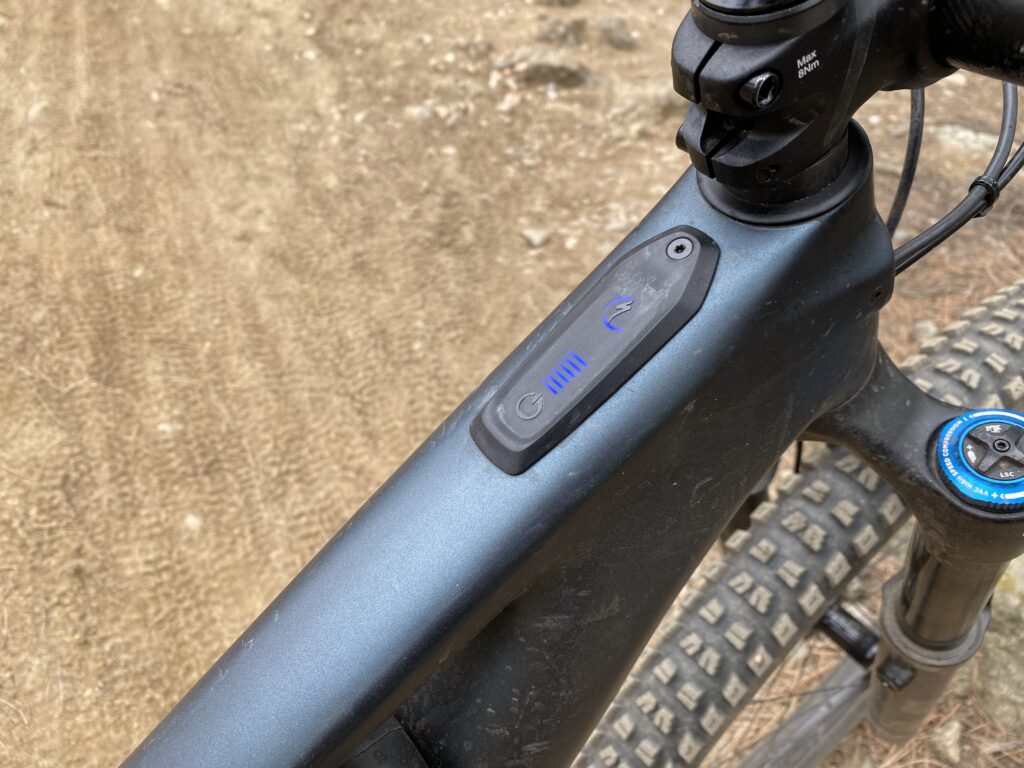
It stands to reason that eventually, we’ll be able to buy a Turbo Levo SL with a Mastermind display.
That said, if you are strictly concerned with riding performance, you won’t notice a difference between the two motors in terms of tuning options (all adjustable via the Mission Control app), assist modes, motor response, and battery life, which, incidentally can be increased with the Range Extender external battery, if you want to go for more than a couple hours.
Ride Comparison: Turbo Levo SL vs. Kenevo SL
| Turbo Levo SL | Turbo Kenevo SL | |
| Head Angle | 66 degrees | 62.5-64.5 degrees |
| Suspension Travel | 150mm | 170mm |
| Wheel Size | 29” | 29” |
| Weight | A bit lighter | A bit heavier (sorry, I didn’t weight them!) |
As I alluded to in the beginning, on trail, these bikes blur the line between trail and enduro categories. In fact, for my testing, I rode them on the same trails. (Partly, that was out of necessity, due to early spring conditions.) But anyway, I just prefer that steep, gnarly terrain.
If you’re riding rough, steep terrain, I suspect you’ll prefer the Kenevo SL, because I certainly did. The extra 20mm of travel helps this bike ride like a mini-downhill rig. The stiffness and steering confidence of the Fox 38 contributed to that experience. Plus, the Kenevo’s exceptionally slack geometry makes this e-MTB a full-blown smashwagon.
Unlike conventional mountain bikes, the disadvantages of such an overbuilt, downhill-oriented ride are muted. The motor helps you overcome the steep uphill slogs to access gnarly trails. On flatter, more pedally trails, the Kenevo feels pretty zippy, especially in full Turbo mode.
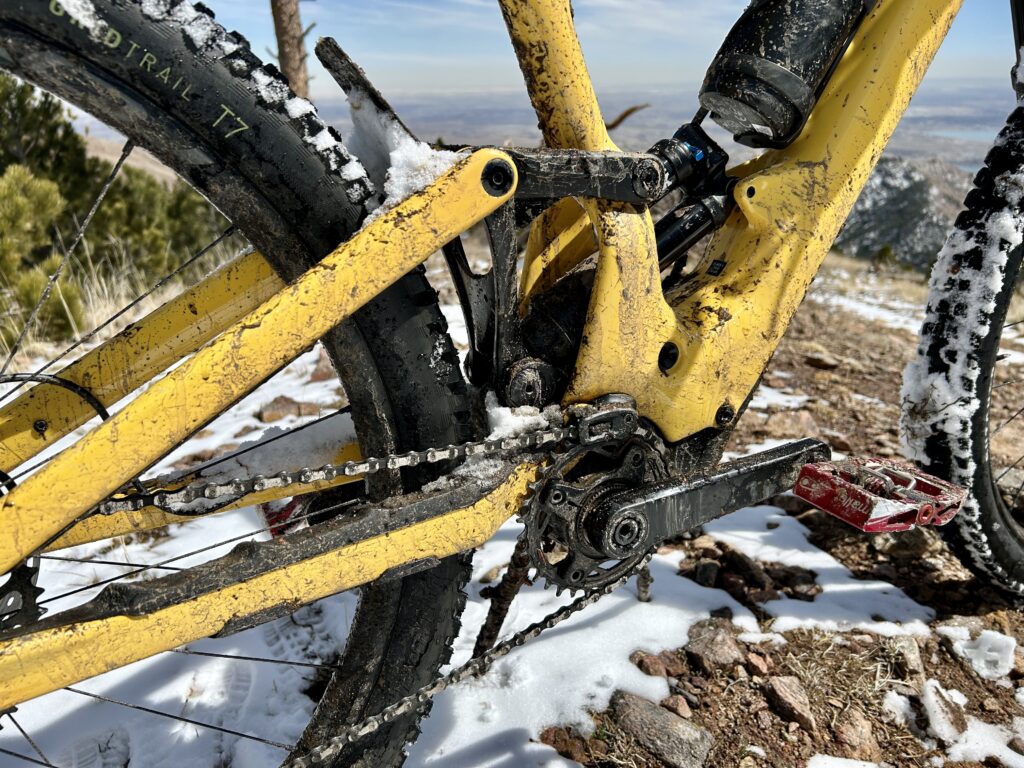
So what’s the point of a Turbo Levo SL?
As much as I’m gushing about the Kenevo, the Levo has a place, and it might be the e-bike of choice for a lot of people, especially those who want an e-MTB that feels more like a conventional bike.
In part, the Levo’s steeper geometry gives the ride feel a lighter touch — less of the sit-and-smash e-bike feel. It also feels more lively underfoot on descents, given the shorter travel and lighter build.
A word of caution: Some Turbo Levo SLs were built with Fox 34 forks. By most accounts, that wasn’t enough fork to handle this bike’s capability and speed on the descents. Happily, my test bike had a 36, and it was up to the task.
Now, the weight difference is pretty marginal, given that both bikes carry most of their grams in the motors and batteries. But the difference is noticeable on trail. The Levo is far more receptive to rider inputs to change lines, or pop off of small obstacles. Again, it feels more like a conventional bike.
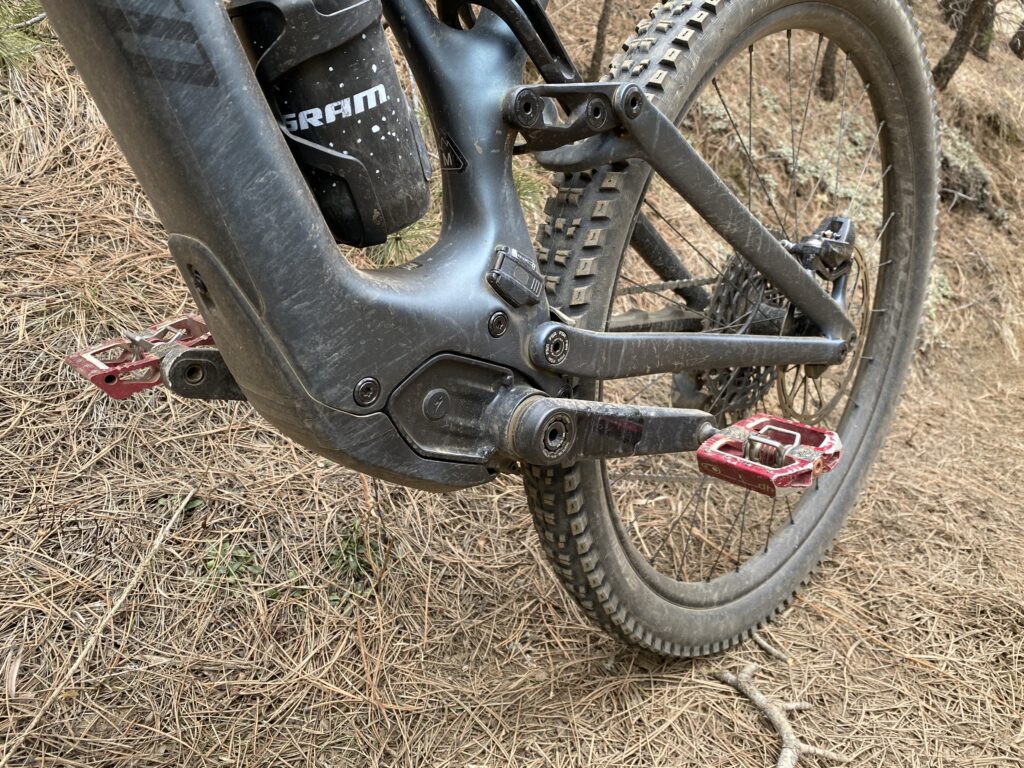
Conclusion
So, the Kenevo SL is a long-travel hitter that can hang on the climbs thanks to its motor — the very same motor in the Levo SL, which is plenty capable on the same rough trails. Did we just end up back at the place where we started?
Okay, if you want your E-MTB to mimic the ride feel of your acoustic mountain bike, the Levo SL is ideal. Never mind the motor, this bike handles almost any kind of rider input on any kind of trail with aplomb. It can almost feel a bit boring that the Levo SL is so predictable and composed.
The Kenevo SL is for the limit-pushers. If you’re willing to adapt your riding style a bit (not much, really!), to handle this long-travel E-MTB, you’ll be rewarded with very fast laps.
I’d be happy to have either in my garage, but as you can tell, for my terrain and riding style, the Kenevo would probably be first in line.
P.S. We use affiliate links here at Direct Current. If you’re considering buying a Specialized e-bike, we’ll get a little kickback if you purchase using a link from this story. 😀
